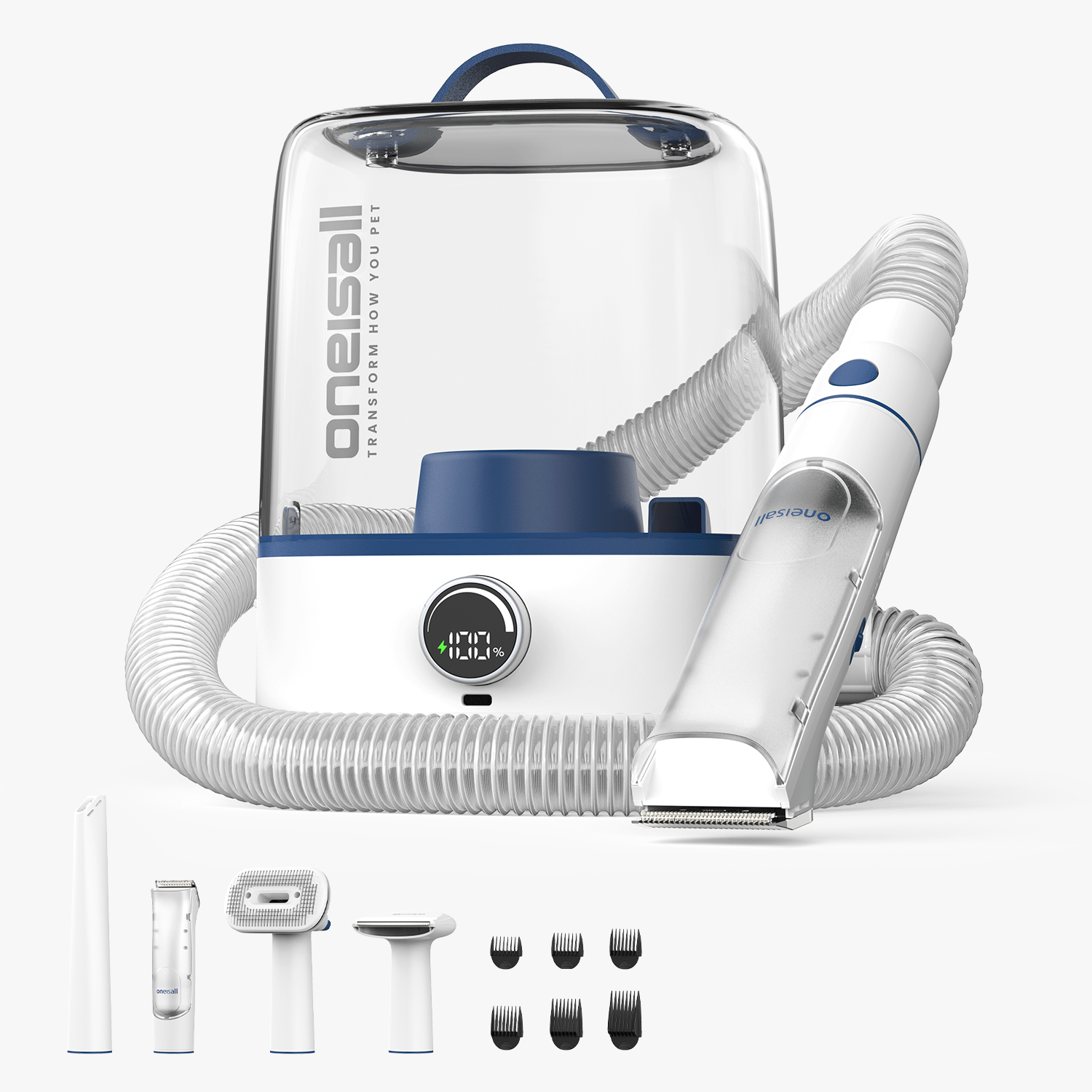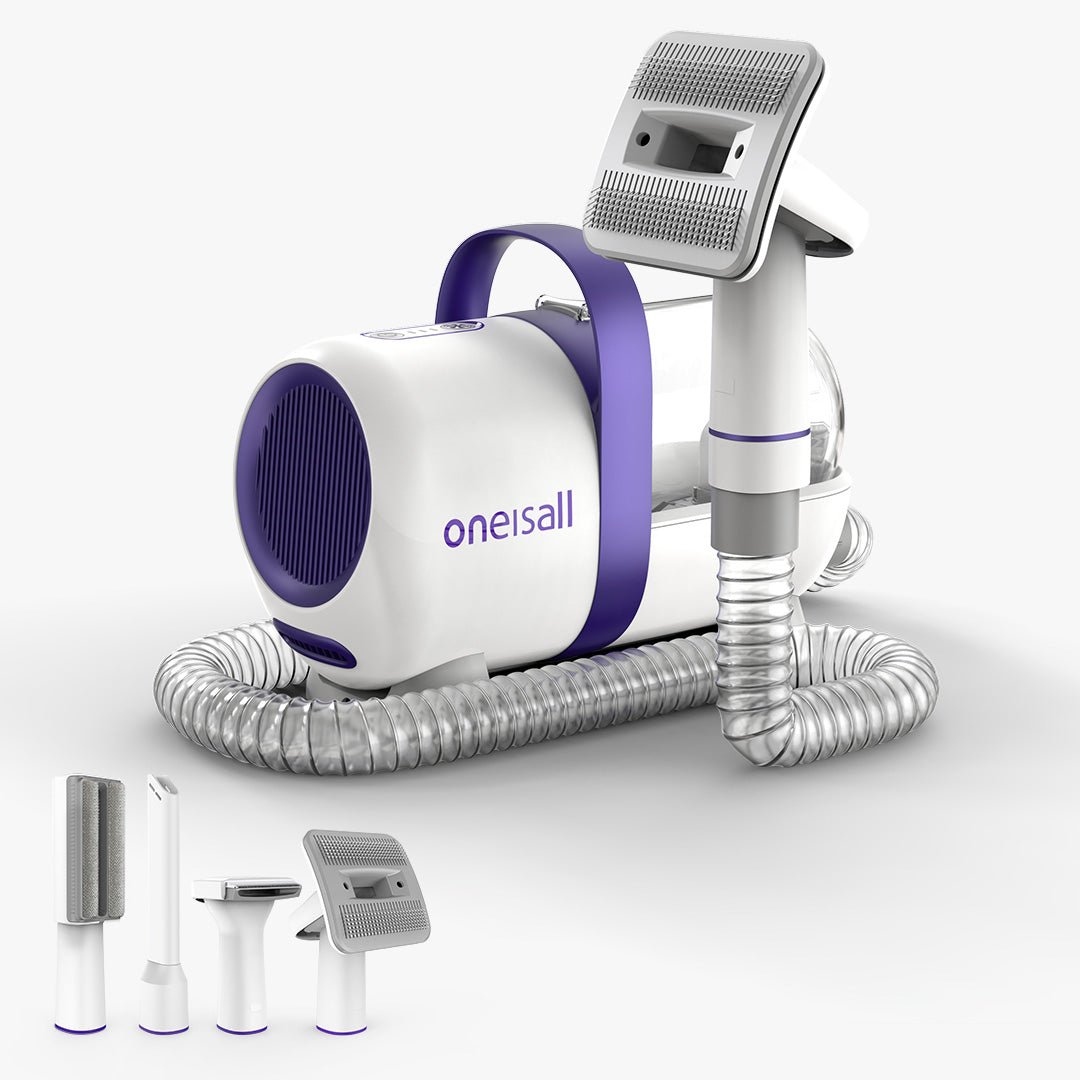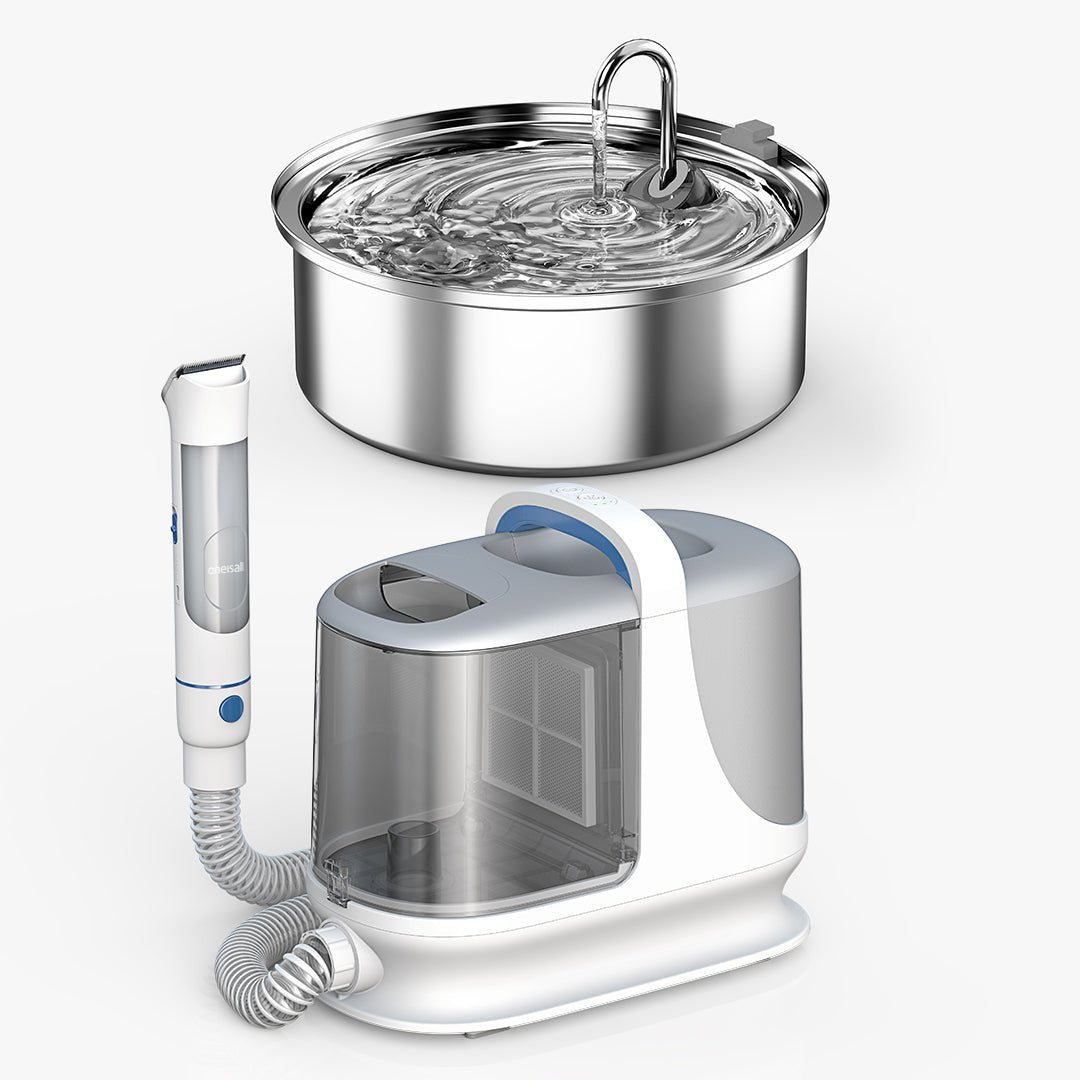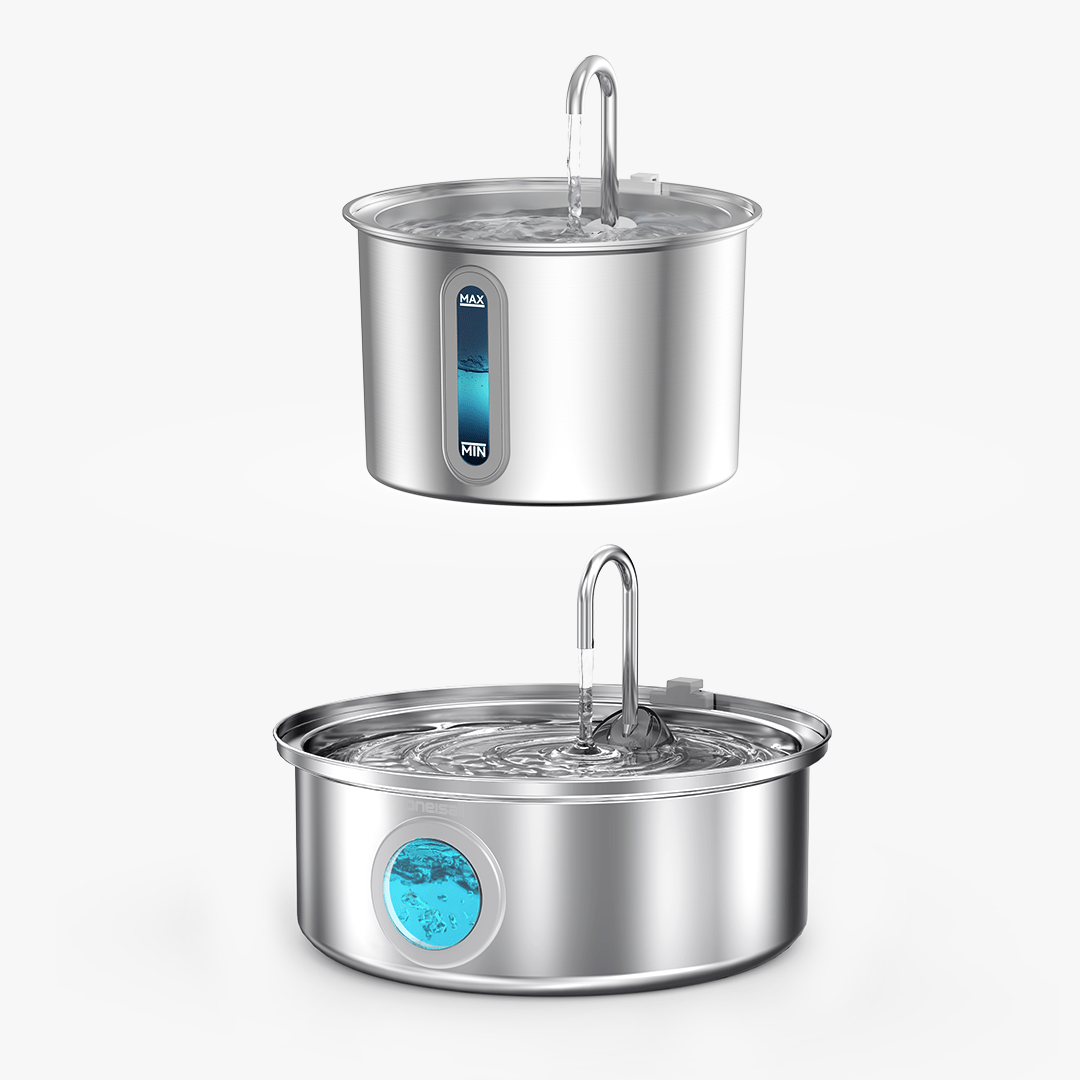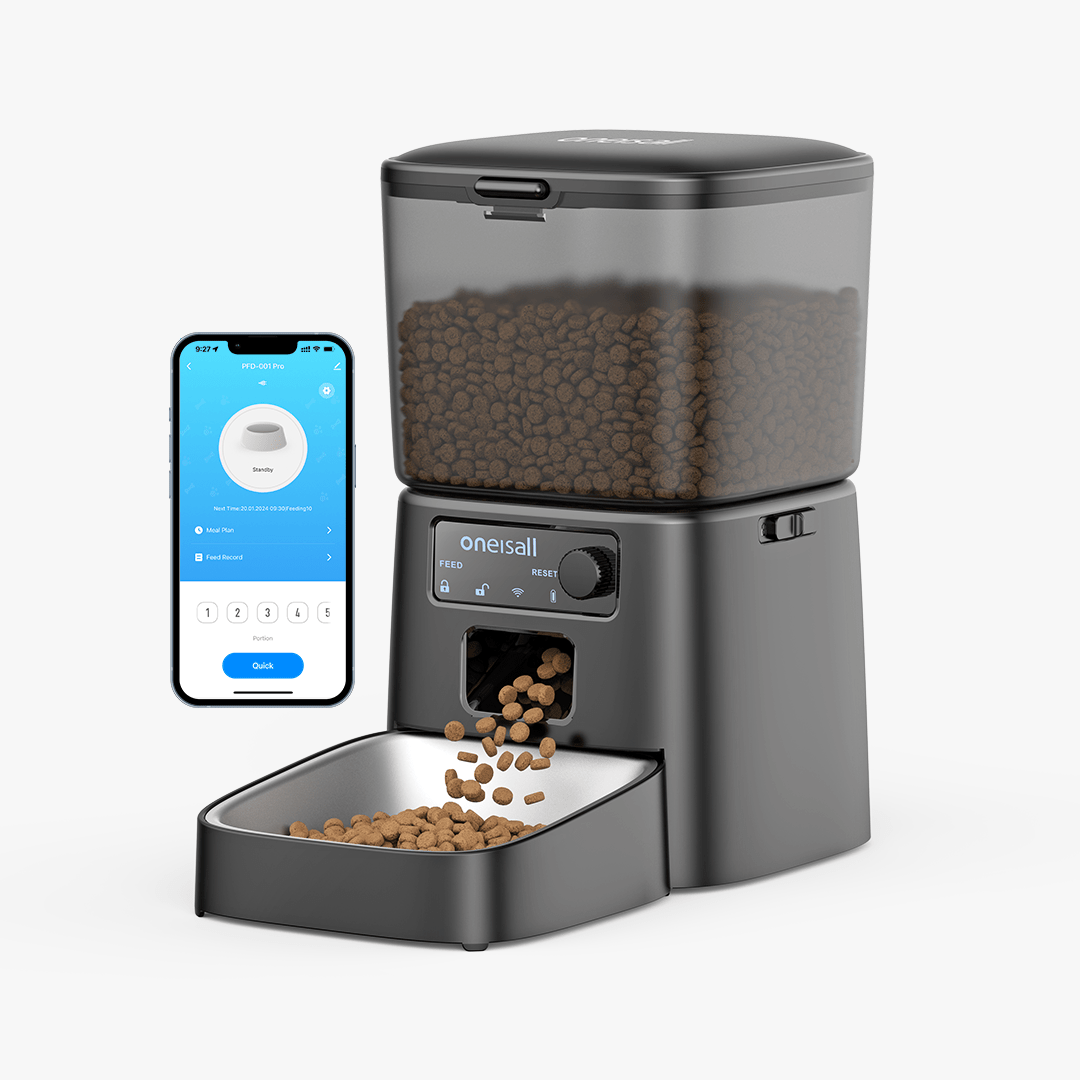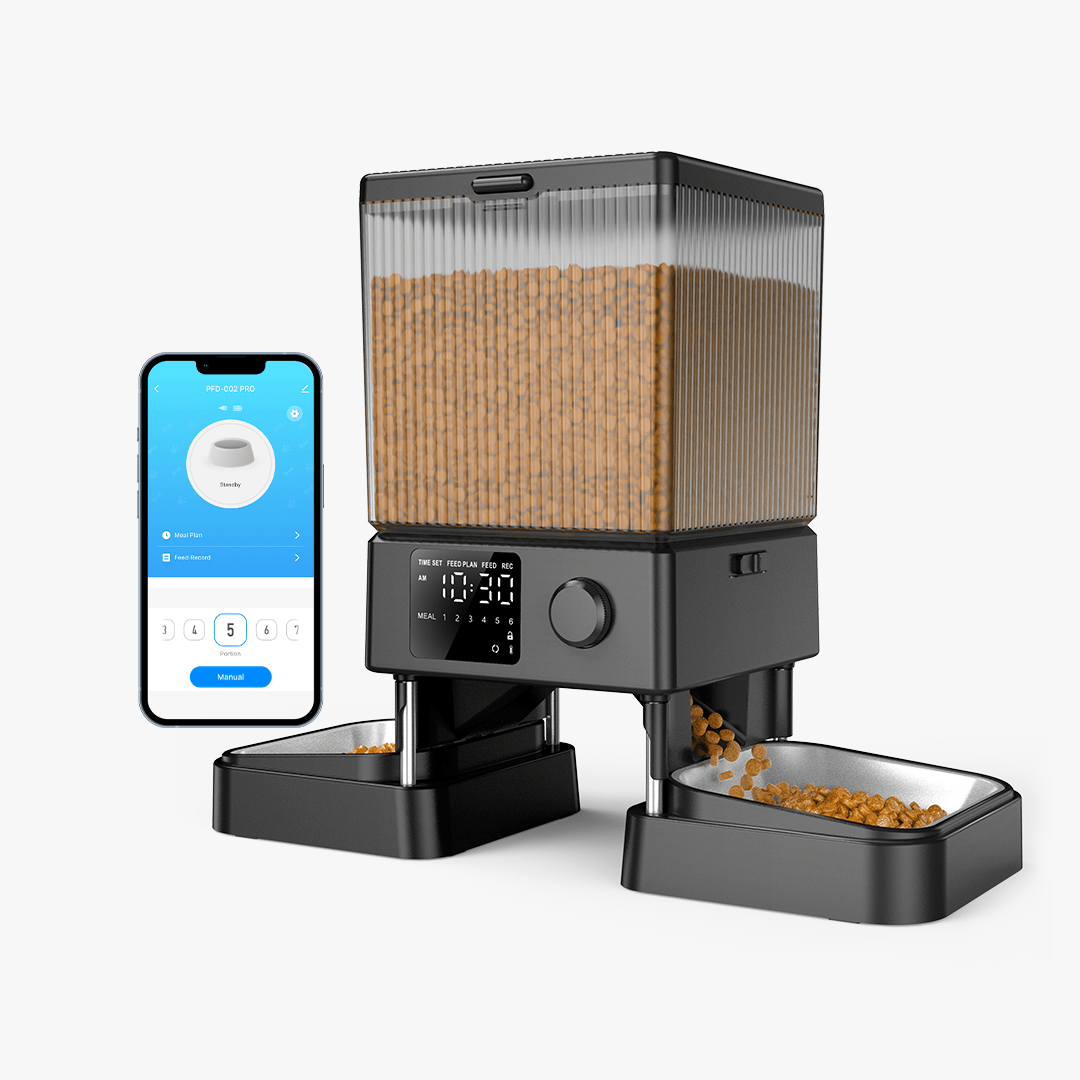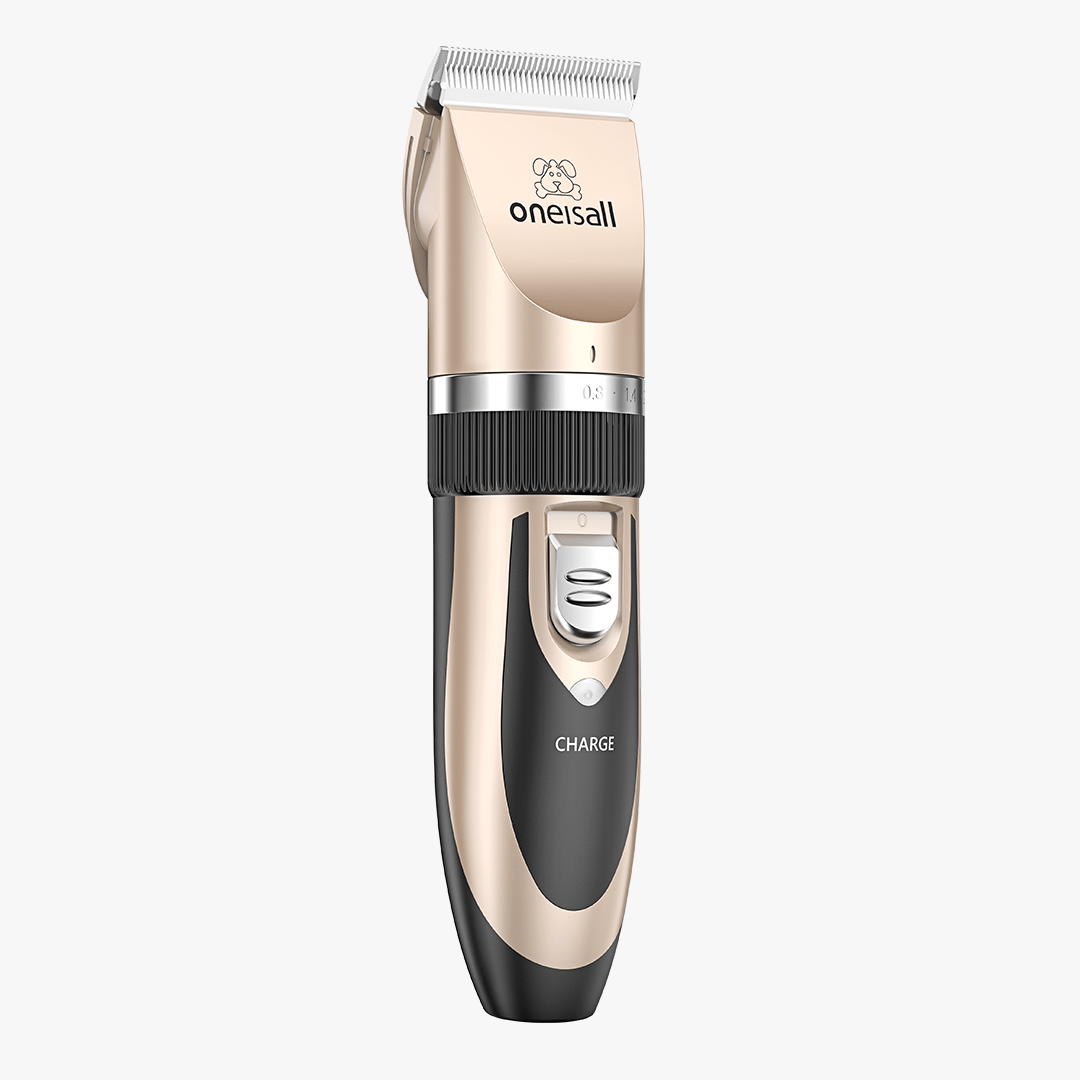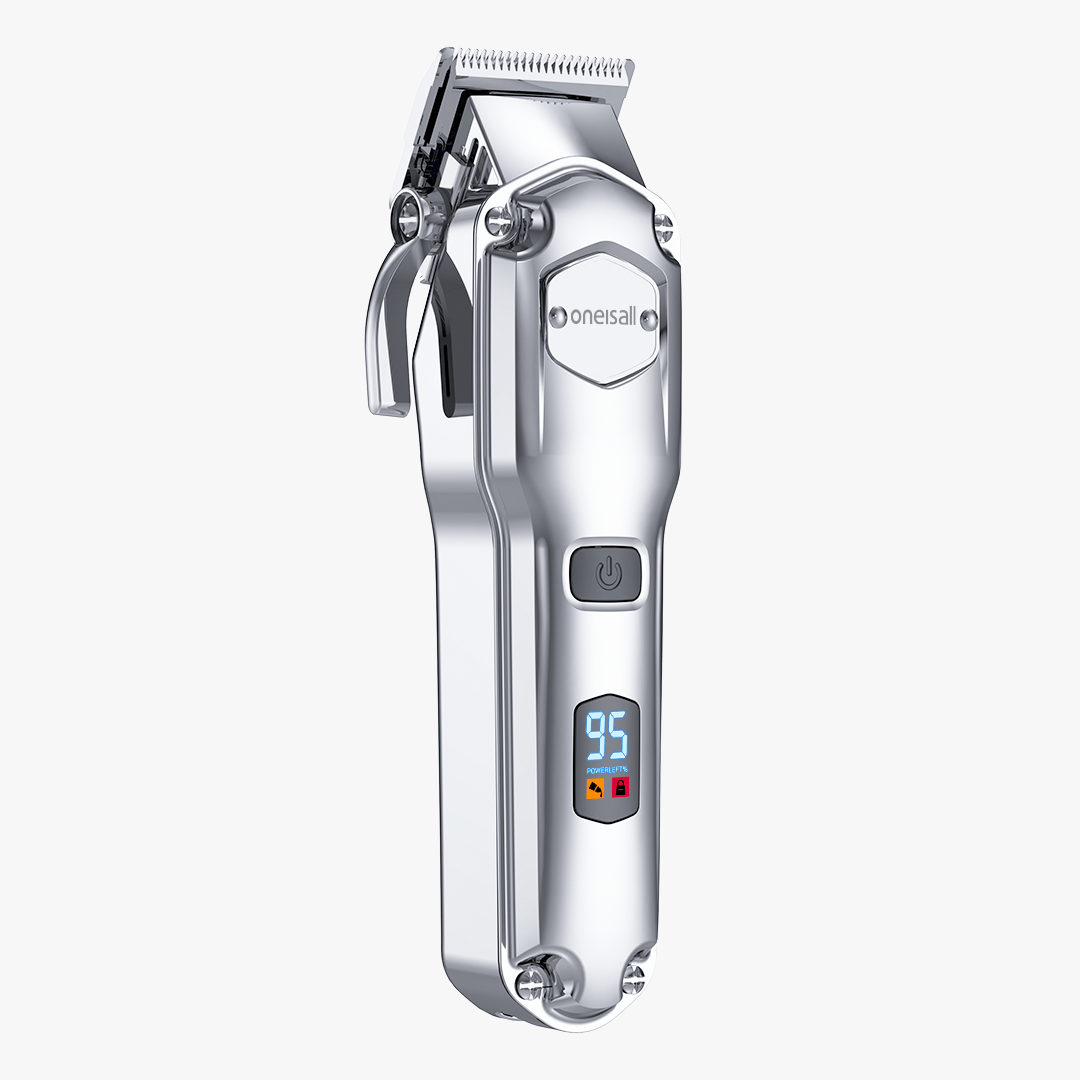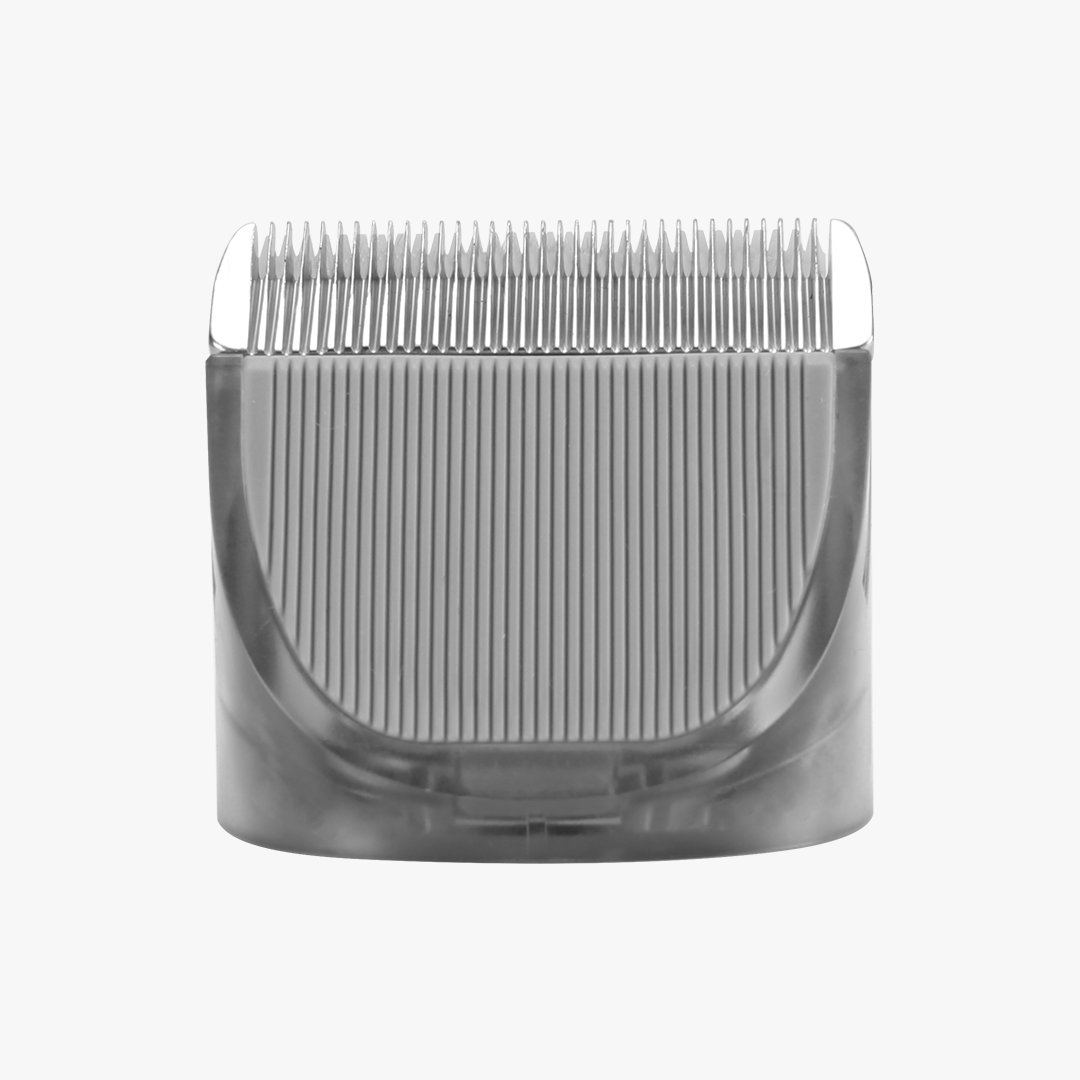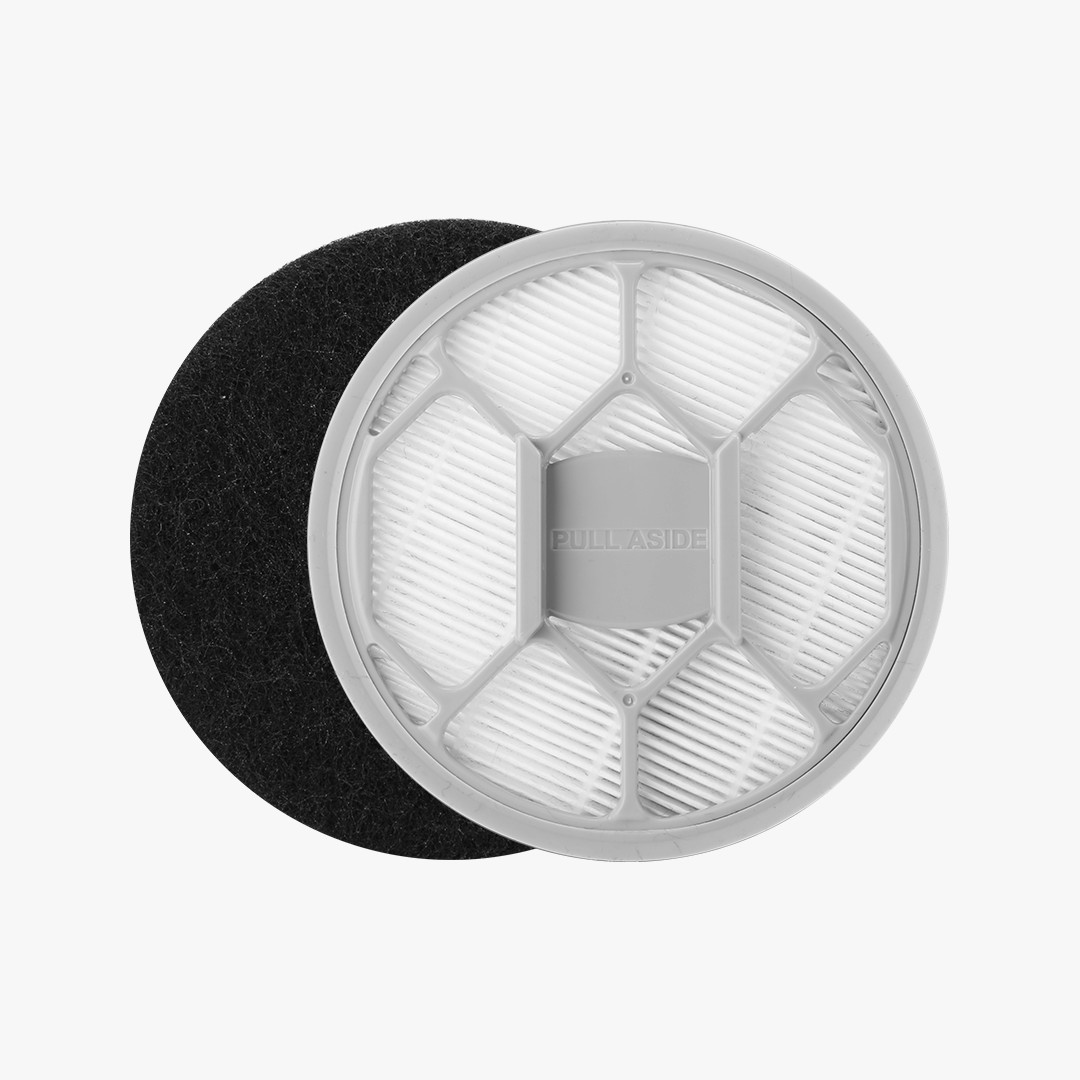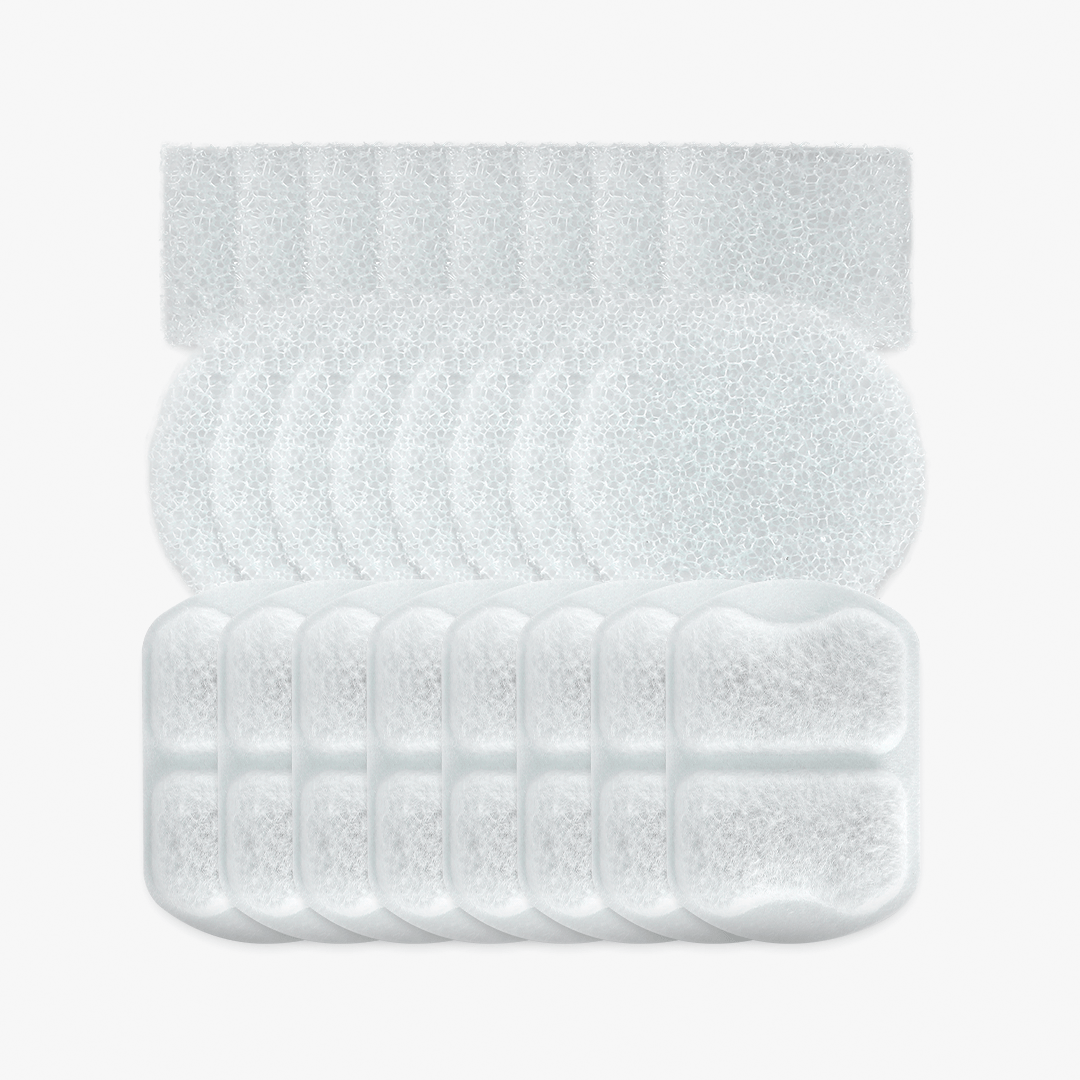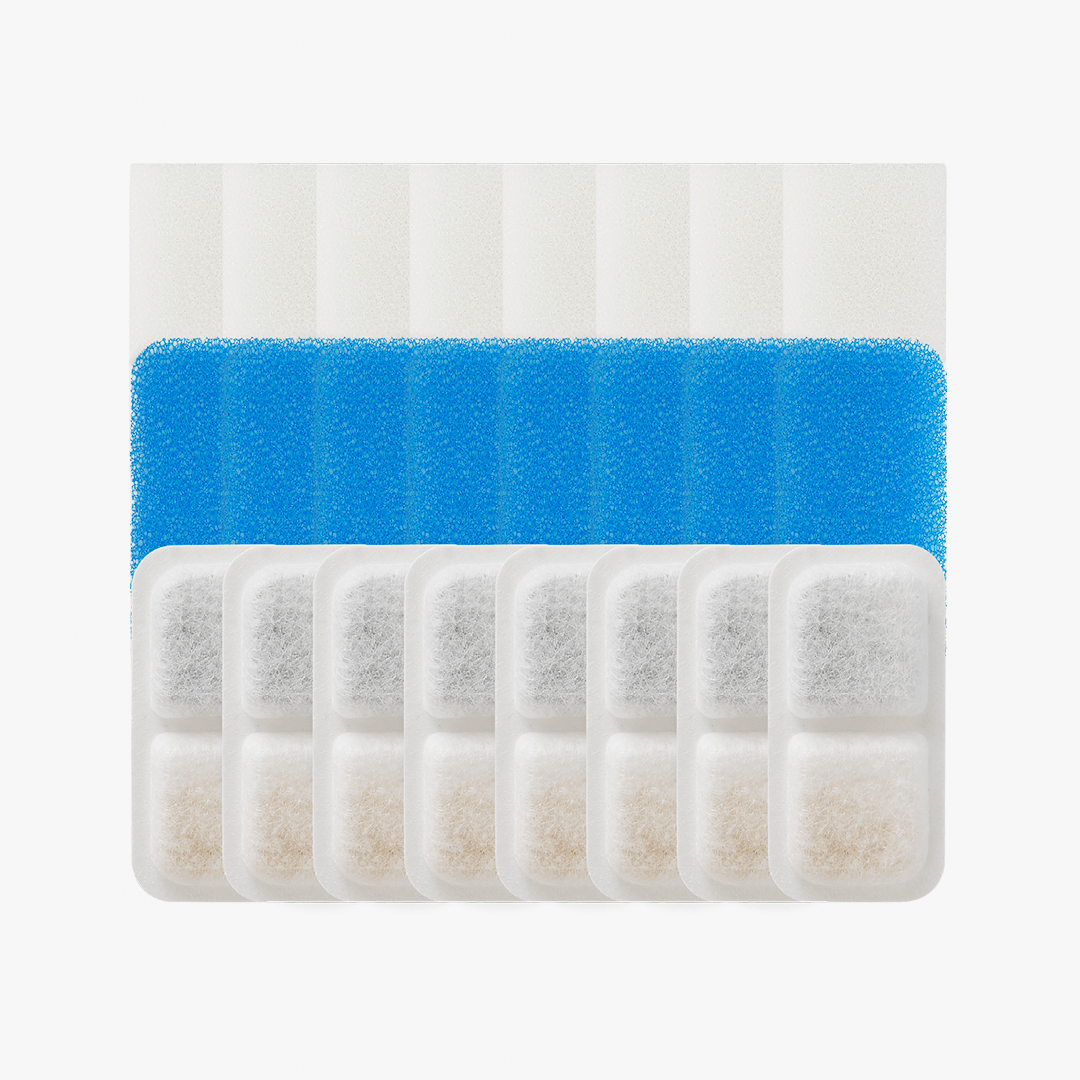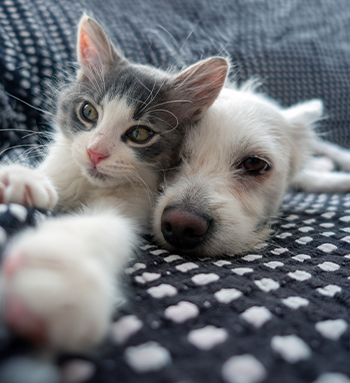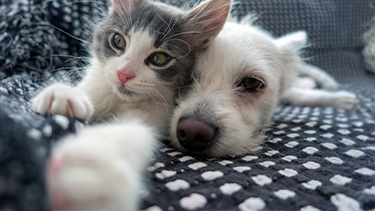Can I Leave My Cat with an Automatic Feeder for a Week?
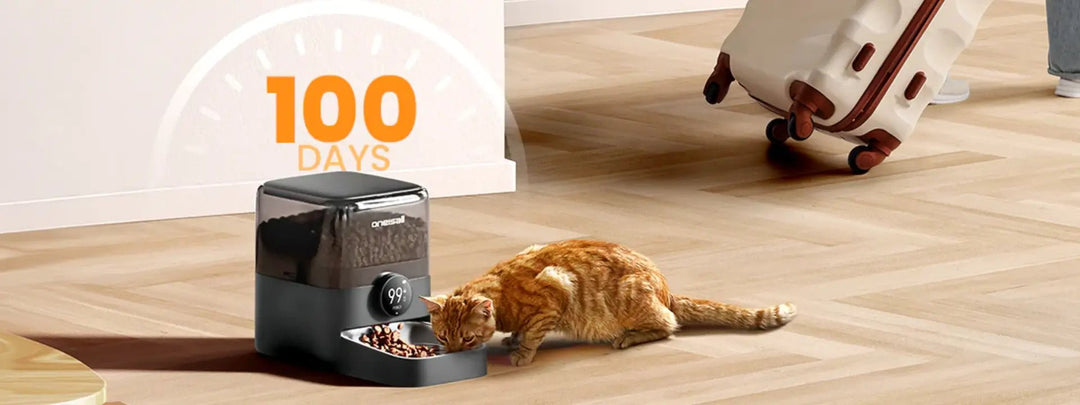
Yes – with the right preparation, leaving your cat with an automatic feeder for a week is entirely feasible. By ensuring the feeder functions reliably, meets your cat’s nutritional needs, adapts to their routine, and comes with backup safety measures, you can relax while you’re away. Read on for step-by-step guidance.
Feeder Reliability And Performance
Operation Duration And Consistency
When planning to be away for a week, it’s essential that your automatic feeder operates every day without fail. It must accurately dispense scheduled meals to guarantee your cat gets the proper portions at the right times, maintaining their daily routine seamlessly.
Battery And Power Concerns
Before your departure, double-check that your feeder features a strong battery backup or alternative power supply. This precaution is crucial for preventing any interruptions—if a power outage or battery issue arises, your cat’s meals will continue without disruption.

Nutritional And Health Considerations
Maintaining A Balanced Diet
While you’re away, ensuring your cat receives a complete, balanced diet is a top priority. The feeder should offer a mix of proteins and essential nutrients, helping to maintain your pet’s energy and overall health throughout the week.
Food Freshness And Spoilage Risks
A common concern is whether food will remain fresh when left in the feeder for many days. Look for designs that minimize exposure to air and moisture to keep meals appetizing and safe, so your cat enjoys every serving without risk of spoilage.
Managing Hydration Needs
Automatic feeders typically focus on dry food; however, hydration is just as important. Consider setting up a separate water dispenser or another method to ensure that your cat has access to clean water at all times while you’re away.
Related Reading:How Long Can Cats Without Water?
Cat Behavior And Well-Being
Adapting To Automated Feeding Schedules
It’s advisable to sync the feeder’s schedule with your cat’s natural meal times well in advance. Gradually introducing your pet to an automated routine can smooth the transition and lessen any confusion when you finally depart.
Recognizing Signs Of Stress And Anxiety
Even with a feeder in place, monitor your cat for signs of stress such as decreased activity, hiding, or changes in appetite. Being alert to these signals can help you make adjustments—like modifying the feeding schedule or seeking advice—so your cat feels secure.
Monitoring Your Cat Remotely
Many pet owners find reassurance by using a pet camera or monitoring system. This technology enables you to check on your cat’s behavior and ensure that both the automatic feeder and your pet’s routine continue functioning as expected.

Safety And Risk Management
Dealing With Mechanical Failures
Have a backup plan for unexpected mechanical failures. Test your feeder’s emergency features, such as alerts or auto-reboot options, and arrange for a nearby friend or neighbor to inspect the unit if any issues occur while you’re away.
Environmental And Storage Considerations
Proper placement of your feeder is key. Choose an area that is sheltered from extreme weather and temperature fluctuations, as these conditions can affect both the unit’s performance and food quality over an extended period.
Establishing Contingency Plans
Set up notification systems and designate someone trustworthy to periodically check on the feeder and your cat. These precautionary measures are essential for ensuring that any unforeseen issues are quickly addressed, giving you peace of mind during your absence.
Conclusion
Leaving your cat with an automatic cat feeder for a week is a viable option when you take the necessary precautions. By confirming that the feeder is reliable, nutritionally supportive, and equipped with safety features, you can confidently enjoy your time away knowing your cat is well cared for.







